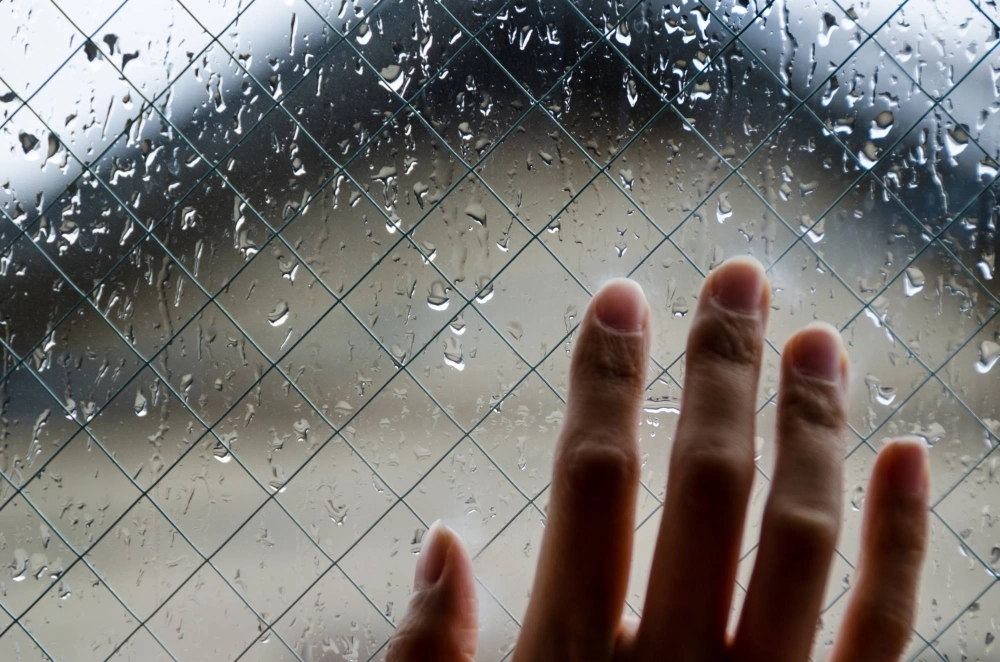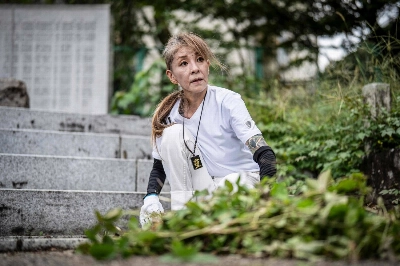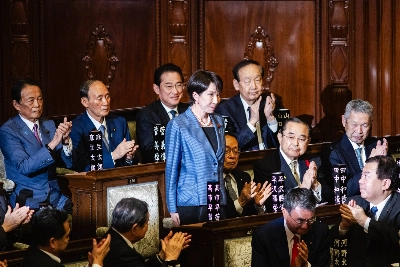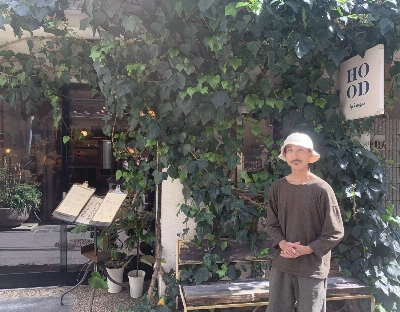You can tell when it’s coming. An extra funk hangs in the air in the bathroom; the sink drain releases a new dankness; the dishes still aren’t dry after a full night on the rack. Tsuyu (rainy season) is not yet officially here, but humidity is stuck everywhere: in your clothes, in the towels, between your ears.
Japan’s collective cultural identity clings, like moisture to hair, to its four seasons. Readers will surely have seen at least one hanging scroll or photo in tetraptych of the same tree or scene in spring, summer, autumn and winter. But as anyone who has passed a full year in Japan knows, this is an aestheticized self-image that distorts reality, leaving out the crucial downer of tsuyu, which usually hits in June, and the turbulence of typhoon season, which peaks in September.
Japan also draws on an old Chinese calendar tradition of shorter, highly specific seasons throughout the year, of which there are 24 major categories, like keichitsu, or “insects awakening,” in March and shōsho, or “minor heat,” in July. The 24 are further sub-divided into 72 microseasons, like “kokumonosunawachiminoru,” or the ripening of rice, around Sept. 2 to 6, or “sakenouomuragaru,” the end of the season of salmon swimming upstream, around Dec. 16 to 20. As I write this, it’s benibanasakau, or “safflowers blooming.”



















With your current subscription plan you can comment on stories. However, before writing your first comment, please create a display name in the Profile section of your subscriber account page.